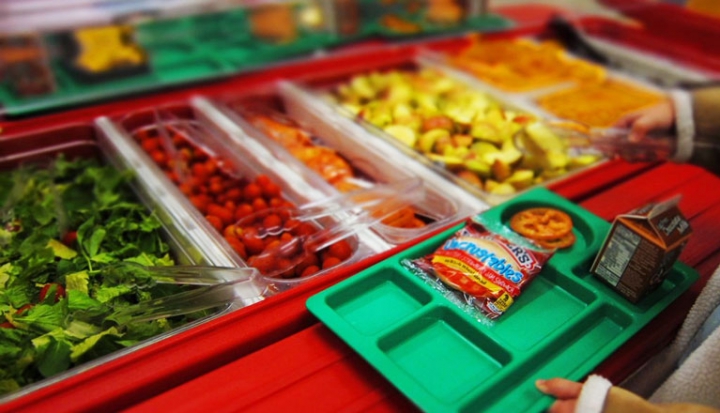Schools lunches have been served up in the news a lot recently.
As most children anxiously anticipate summer vacation—a time to sleep in, go biking with friends, camp, and avoid anything having to do with homework—others dread the last dismissal bell. Those who rely on the routine of receiving breakfast and lunch at school are found without easily accessible nutrition and live in uncertainty of where their next meal is coming.
According to the Food Research and Action Center (FRAC), nearly 6 out of 7 low-income children who eat at school during the academic year don’t get free meals during the summer. Hunger, even in the short break, affects many aspects in a child’s life: his or her learning abilities, nutrition, mental and physical well-being, and ability to fight off infections to name a few.
In previous years, massive budget cuts during the recession have decreased the number of school and youth programs which used to provide many children with reliable food sources. The summer of 2013, however, experienced the first positive increase in a decade. The FRAC’s Summer Nutrition Programs served an additional 161,000 children compared to the summer of 2012. Even a 5.7 percent jump changed many lives.
Many programs are working toward eliminating summer hunger. Catholic Charities USA has more than 350 locally implemented programs offering summer meal services for children. Local and state campaigns run by other groups such as No Kid Hungry feed not only school-aged children but also pregnant women and preschoolers. And some school districts, like this one in Newton, Iowa is taking matters into its own hands and offering summer food service programs.
With a lot on their plates already with getting crucial summer meals to kids, other people are starting to think about the next school year. The 2010 federal changes to the menu for school breakfast and lunches are heating up problems, especially in Minnesota. The new regulations for more fruits, veggies, and whole grains and less sodium, fat, and calories, were enacted in an effort to reduce childhood obesity.
The meals they have been serving are no doubt beneficial physically but they are not without their opponents. Some are arguing that students don’t like the taste of the healthier options. The food is then either being wasted—something Pope Francis warned us against—or the students are going hungry, especially the athletes who need more calories for their rigorous lifestyles.
Others are worried about the price increase for meals. The fresh produce alone adds 25 cents to each meal which may not sound like a lot but adds up for families already struggling to afford school lunches. Some of these families are leaving the program and are bringing their own lunches—which probably don’t include the healthy alternatives the school district was hoping for since eating healthily is more expensive.
What school children need is a balanced serving of affordable, delicious, and healthy options for their lunches. That way children can head out for a more carefree summer vacation and stay healthy in mind, body, and spirit during the school year. What should we be dishing out to students?
Image: Flickr photo cc by U.S. Department of Agriculture













